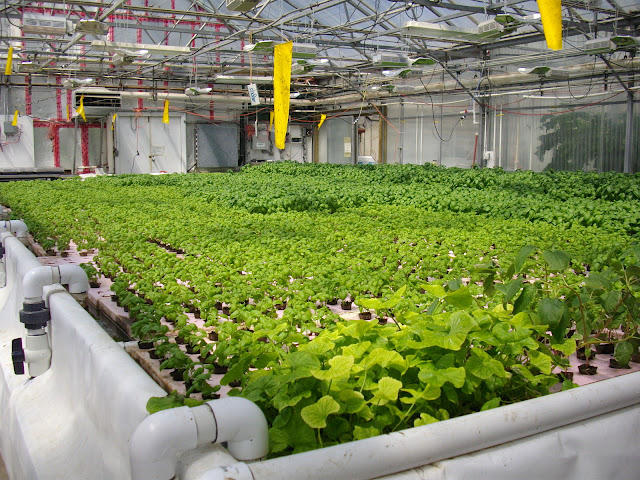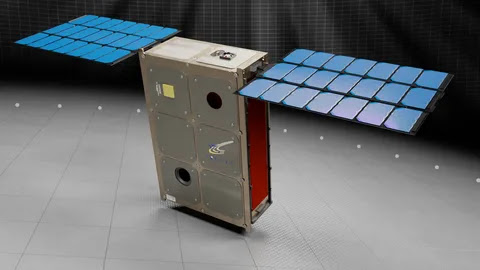Aquaponics Market 2022 Market Dynamics, Market Outlook, Key Players, Regions, and Forecast To 2030
The
aquaponics market is estimated to develop at a CAGR of 12.8%, reaching $1.4
billion. Plants and fish are cultivated in a mutually beneficial series in an
aquaponics agricultural system.
It is one of the sustainable kinds of agriculture in which conventional aquaculture and hydroponics are combined, resulting in the growth of fish and plants in a symbiotic environment. In this system, nutrient-rich wastewater is used to irrigate a connected hydroponic bed while simultaneously enriching its plant crops. The ongoing recycling and reuse of water in aquaponics systems reduces water waste, making it a more sustainable methinod of agricultural production in water-stressed locations. Furthermore, as compared to traditional methods, aquaponics market systems provide more agricultural yield in less space throughout the year. Aquaponics systems have a lower environmental effect than traditional agricultural producing methods. Increased fish consumption, increased demand for organic fruits and vegetables, and improvements in the primary drivers driving the growth of the worldwide aquaponics trade are urban farming practises, shrinking arable land areas, and changing climate conditions.
Aquaponic plants have the potential to become a major source of food, contributing to the growing food need Food and Agricultural Organization's 2018 report 'Agricultural Productivity and Innovation,' agriculture will need to produce nearly 50% more food, feed, and biofuel in 2050 than it did in 2012 to meet the demand of an increasing population, which is expected to reach 9.7 billion in 2050.
Aquaponics farming provides water and nutrient efficient plant
growth because plants are grown without the use of soil, pesticides,
herbicides, or chemical fertilisers. Furthermore, crops can be grown at any
time of year, regardless of the weather. As a result, aquaponics' potential to
act as a sustainable alternative for growing Aquaponics growth is projected to
be driven by food plants.
Aquaponics market has the potential to become a sustainable fish production option in order to meet escalating demand for fish and fish products. Food and Agricultural Organization (FAO) report 'The State of World Fisheries And Aquaculture' published in 2018, global apparent consumption of fish increased to around 151 million tonnes in 2016 from around 140 million tonnes in 2013, with global edible fish consumption projected to be 20% higher in 2030 than in 2016. As a result, aquaponics has the ability to meet rising fish demand, which is projected to drive aquaponics brand building.
Aquaponics is a food-production technology that combines aquaculture (the breeding of aquatic animals in tanks) and hydroponics (the growing of plants in water) by delivering nutrient-rich aquaculture water to hydroponically grown plants, where nitrifying bacteria convert ammonia to nitrates. Because all aquaponic systems are based on modern hydroponic and aquaculture farming techniques, the size, complexity, and types of foods grown in an aquaponic system can vary just as much as those found in other agricultural fields.
Because aquaponics market does not utilize artificial fertilisers or crop protection chemicals, and fish waste serves as the primary nourishment for plants, the demand for organically grown foods has enormous potential and represents an untapped market for emerging aquaponic farms and aquaponic system manufacturers.
Key players: Ouroboros Farms, Future Foods Farms, Nelson and Pade, Inc., Ecf Farmsystems GMBH, Oko Farms, Bioaqua Farm, BIGH farm, GrowUp Urban Farms Ltd., Aquaponics Innovations, Midas Aquaponics, Southwest Aquaponics & Fish Hatchery LLC., and Bustan Aquaponics are key participants in the global aquaponics trade




Comments
Post a Comment